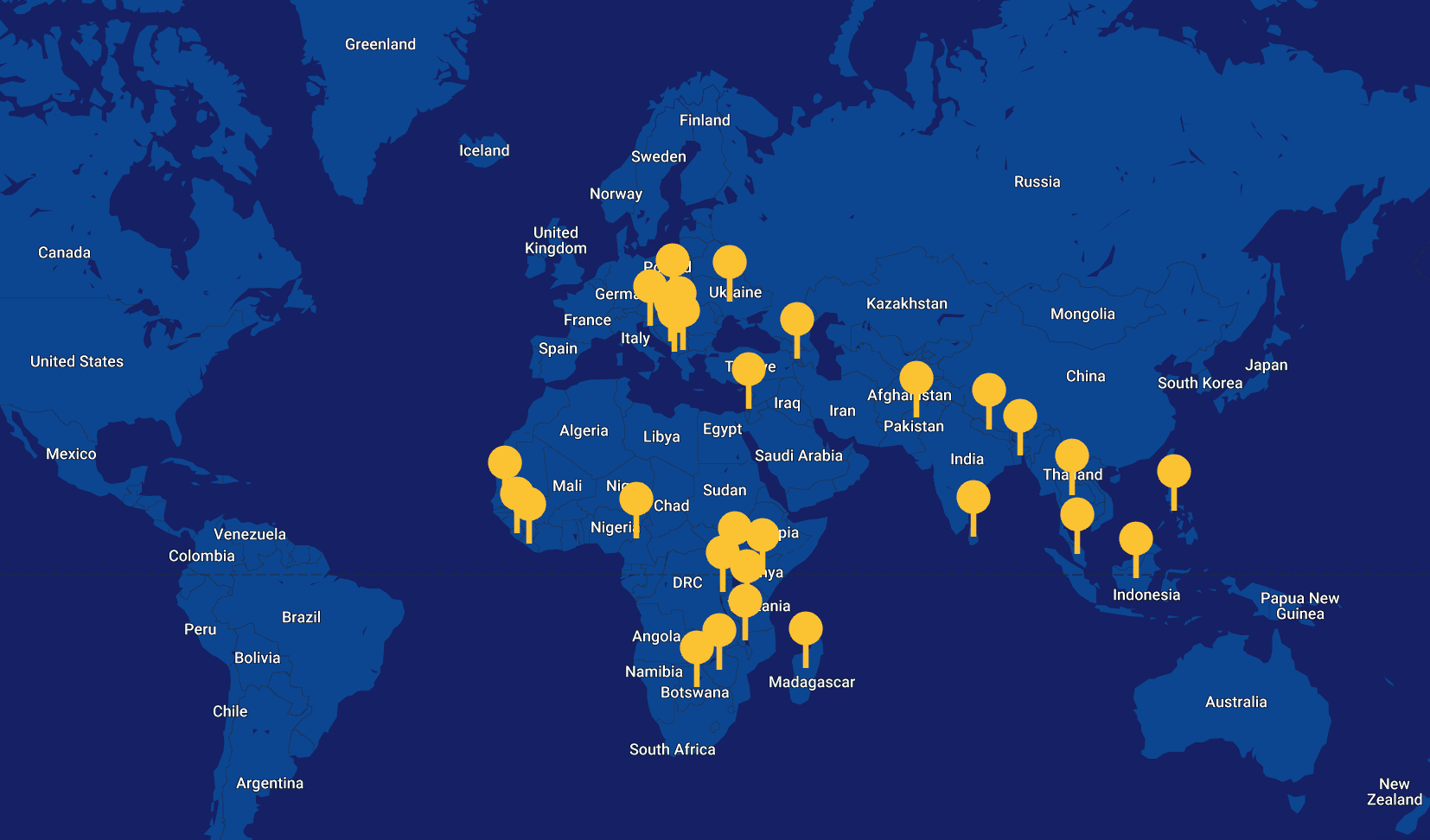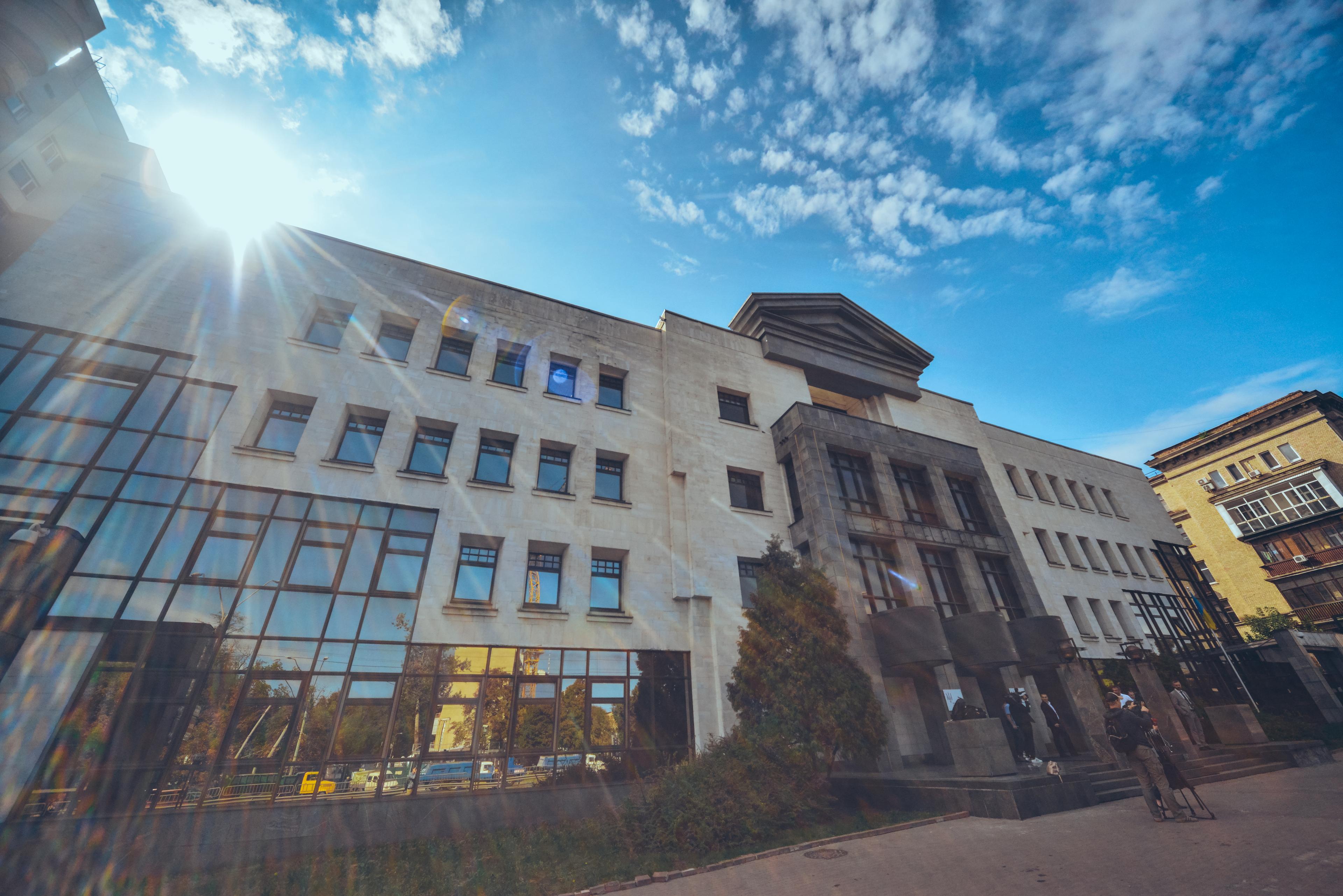Frustration with the capacity of the ordinary machinery of justice to deal adequately with corruption has prompted many countries to develop specialised anti-corruption institutions. While anti-corruption agencies with investigative and/or prosecutorial powers have attracted more attention, judicial specialisation is an increasingly common feature of national anti-corruption reform strategies. There has been a steady growth of new specialised courts during the past two decades across Asia, Africa, and Eastern Europe, totalling 27 by mid-2022.
A trend towards two main models can be observed, keeping in mind that the overall number of anti-corruption courts, while growing, is still limited. About half of the countries with anti-corruption courts have relatively simple specialisation at first instance trial level, with appeals being handled by the general court system. We also observe an increase in the number of comprehensive parallel systems with specialisation at both trial and appeal levels. It is possible that some of the first category will see further specialisation over time at appellate level, depending on the number and complexity of cases.
The most common argument for the creation of specialised anti-corruption courts is the need for greater efficiency in resolving corruption cases promptly and the associated need to signal to various domestic and international audiences that the country takes the fight against corruption seriously. In some countries, concerns about the ability of the ordinary courts to handle corruption cases impartially, and without being corrupted themselves, have also played an important role in the decision to create special courts. In these countries, special appointment procedures and other precautions are put in place to ensure the anti-corruption courts’ integrity.
Existing specialised anti-corruption courts differ along a number of dimensions, including their size, their place in the judicial hierarchy, mechanisms for selection and removal of judges, the substantive scope of the courts’ jurisdiction, trial and appellate procedures, and their relationship with anti-corruption prosecutors. These institutional design choices imply a number of difficult trade-offs. While there are no definitive ‘best practices’ for specialised anti-corruption courts, existing models and experience may provide some guidance to reformers considering similar institutions. They must decide whether such a court should adopt procedures that are substantially different from those of other criminal courts and/or implement special provisions for the selection, removal, or working conditions of the anti-corruption court judges.
The scarcity of information beyond the statutes that set up these courts makes it difficult to assess their performance and effectiveness. While some specialised courts seem to have made headway in clearing backlogs and adjudicating high-profile corruption cases brought to them by competent law enforcement agencies, others appear to have floundered, and some have been subverted by vested interests. A rigorous assessment of the effectiveness of these courts and their role in reducing corruption, at national level but also in cross-country comparison, would require better and more accessible evidence.
Investments are needed in compiling and making publicly available basic case data (number of cases, types of cases and defendants, duration of trials, sentences), verdicts and legal reasoning, and information on the anti-corruption courts and their judges more generally. More data and research are also needed to assess what spill-over effects and (un)intended consequences their establishment may have had on the overall court system.


